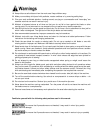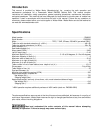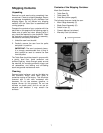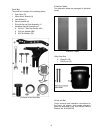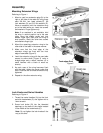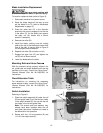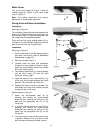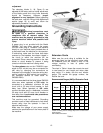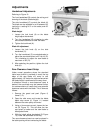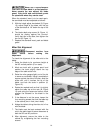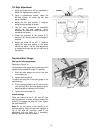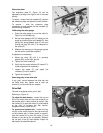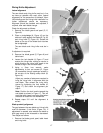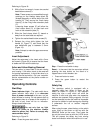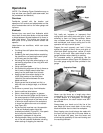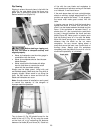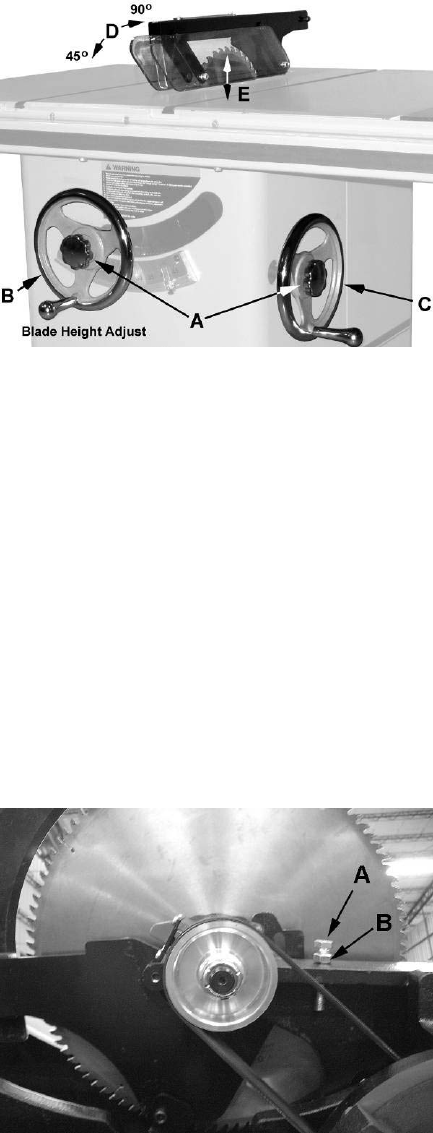
13
Adjustments
Handwheel Adjustments
Referring to Figure 10:
The front handwheel (B) controls the raising and
lowering of the blade (blade height).
The side handwheel (C) controls the blade tilt.
The blade can be adjusted for a tilt between 90º
(vertical or a setting of 0º on the scale) and 45º
left tilt (D).
Blade height
1. Loosen the lock knob (A) on the blade
height adjust handwheel.
2. Turn the handwheel (B) clockwise to raise
and counterclockwise to lower the blade.
3. Tighten the lock knob (A).
Blade tilt adjustment
1. Loosen the lock knob (A) on the side
handwheel (C).
2. Turn the handwheel (C) counterclockwise to
adjust the saw blade down to 45º left tilt (D).
Turn clockwise to adjust the saw blade to
maximum of 90º (D).
3. After selecting the position, tighten the lock
knob (A).
Zero-Clearance Insert Setup
Under normal operations where the standard
table insert (which is provided) is used, the top
edge of the saw blade will come to rest
approximately 1/8" below the table surface when
the blade height is positioned all the way down.
In situations where a zero-clearance insert is
desired, the saw blade may be lowered further
for accommodation of inserts that have potential
clearance issues with the blade. This is done as
follows:
1. Remove the guard and pawl (Figure 8,
Items C, E).
2. Open the side cover and locate the blade
depth stop screw (A, Figure 11) located
between the arbor pulley and motor.
3. Using a 14mm open wrench, loosen the hex
nut (B, Figure 11). This will allow the hex
cap screw to loosen and the saw blade to
be adjusted lower.
4. With the height adjust handwheel (B, Figure
10), lower the saw blade all the way.
The zero-clearance insert can now be placed in
the table opening without contacting the blade.
Figure 10
Figure 11



